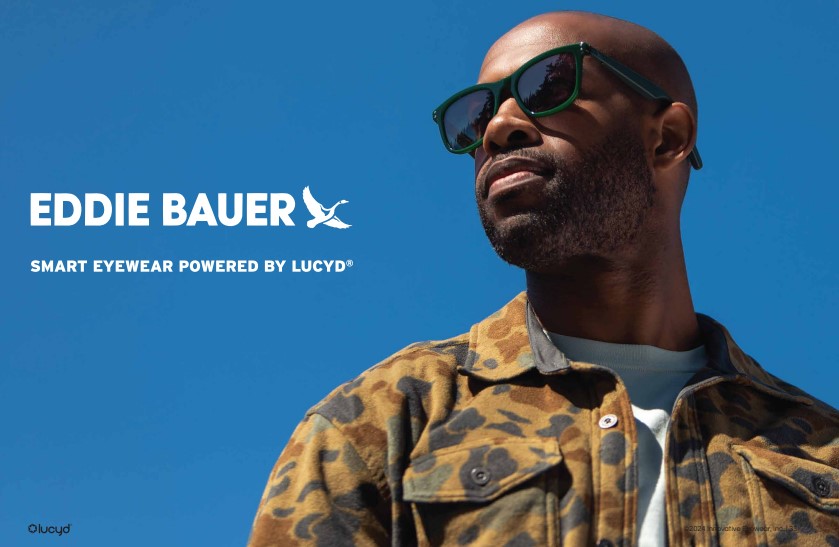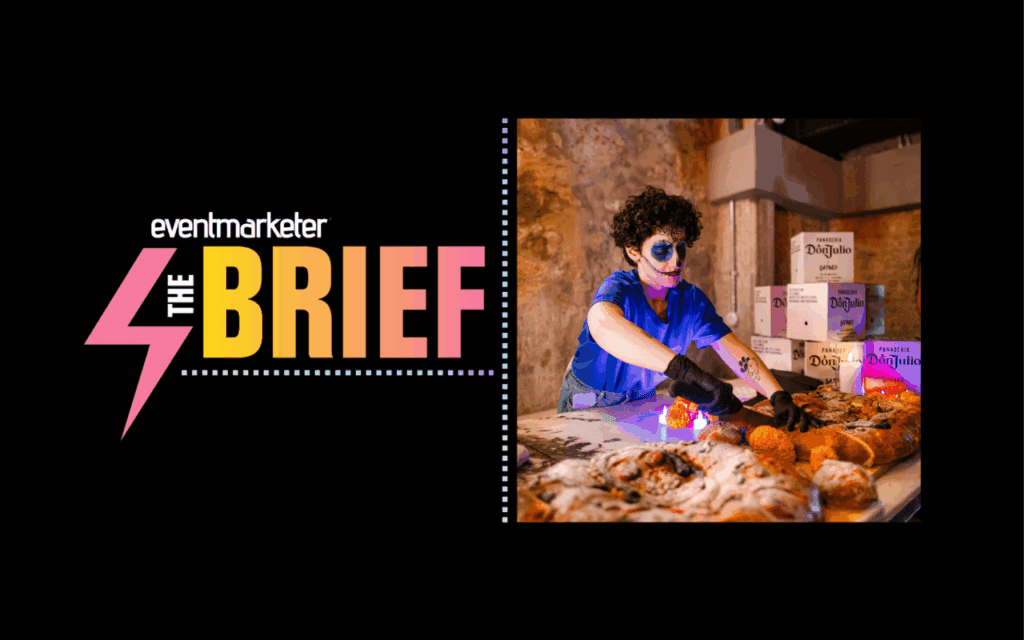[Editor’s Note: According to the CEO of smart eyewear brand Lucyd, Facebook ads are about half as effective today than they were five years ago, thanks to opt-in requirements of Apple’s iOS 14 update. The change has forced the brand to diversify its marketing spend and allocate just 30% of its budget to social media marketing today. CM sister pub Multichannel Marketer reports on the retailer’s approach to direct-to-consumer, wholesale channels, online discounting and more.]
—
Facebook ads are roughly half as effective today than they were five years ago, said Lucyd Eyewear CEO Harrison Gross.
Most retail marketers know this and point to Apple’s iOS 14 update — when Apple required websites and apps to ask shoppers to opt-in to tracking — as the culprit.
“That significantly reduced the effectiveness of retargeting ads and Meta ads in general,” Gross said.
While it’s hard to pin down an exact number, he estimates Lucyd’s Meta ads (on Facebook and Instagram) declined about 30-50% in effectives after the update.
This change, coupled with an increase in ad prices has forced Lucyd Eyewear and other brands to diversify their marketing spend.
From 2018-2021, roughly 60% of Lucyd Eyewear’s marketing budget went to Meta ads, 30% to Amazon ads and 10% went to other.
“Facebook ads were almost like a money machine,” Gross said. “It’s a totally different world now.”
Today, Lucyd’s spend is more evenly distributed and social media only receives a third of its marketing budget.
Balancing direct-to-consumer vs. wholesales channels
To that end, Lucyd also is working to diversify where it sells its product. After its own direct-to-consumer website, about a third of Lucyd’s sales come from Amazon and 5% from BestBuy.com. It also sells on the Walmart marketplace and Target.com.
Lucyd is working to have more physical retailers carry its product because that’s where the large majority of eyeglasses are sold today, Harrison said, estimating about 70% of total sales. Eyewear is slow to move online because consumers often prefer to have eye exams and try on glasses in person, he said.
Balancing its direct-to-consumer business online and its wholesale business is one of Lucyd Eyewear’s toughest challenges, Harrison said.
“The direct-to-consumer business has downward pricing pressure because you are competing with all of these other brands that are right next to you on Amazon or on Google shopping or wherever,” he said. “The brick-and-mortar eyewear business has upward pricing pressure because the retailers want as much margin as possible and they know consumers are willing to pay $200 to $500 for a pair of glasses.”
To read the full article, head to Multichannel Merchant.





